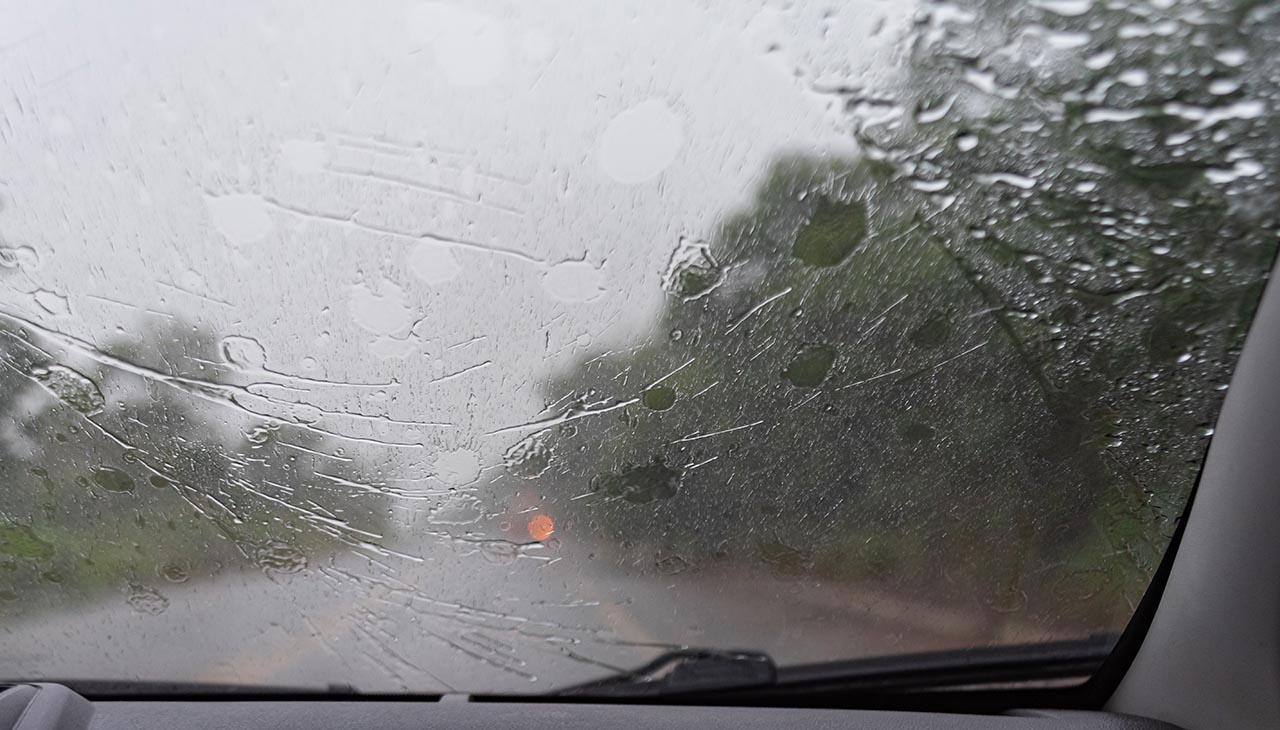Wet weather driving can seem like a mundane aspect of car ownership, yet it’s often in these seemingly routine conditions where a moment’s lapse can lead to a serious accident. Understanding how to operate your vehicle safely when facing rain, snow, or ice is more than a precaution; it’s integral to your own safety and the safety of others on the road.
With driving being an integral part of daily life for many, it comes as no surprise that weather conditions, especially during wet seasons, have a significant impact on road safety. Wet roads, be it from a light drizzle or torrential downpour, present unique challenges to drivers that, if not approached with caution, can result in life-altering consequences.
This comprehensive guide to driving in wet conditions is designed to equip drivers with essential knowledge on safety, vehicle maintenance, and emergency management, ensuring you can confidently tackle the roads in any weather.
Why Safe Driving in Wet Conditions Matters
Road accidents spike during wet weather, contributing to increased injury and fatality rates. According to the U.S. Department of Transportation, about 21% of vehicle crashes are weather-related. These collisions often occur as a result of reduced traction, limited visibility, and increased stopping distances. By adopting safe driving practices specifically tailored to wet roads, every driver can contribute to the reduction of these alarming statistics.
Understanding Wet Driving Conditions
The way rain, snow, and ice affect roads is varied. Rain creates slick surfaces that increase the potential for hydroplaning, while ice leads to a near-complete loss of traction. Snow, a less common element for many, requires special equipment and techniques to drive safely.
In all cases, the condition of your tires plays a critical role in maintaining control of your vehicle. Tires with ample treads allow water to disperse, reducing the likelihood of hydroplaning. Ensuring your tires are properly inflated also promotes better handling on wet roads.
Preparing Your Vehicle for Wet Weather
Safe driving starts with a well-prepared vehicle. Regular maintenance checks should include weather-appropriate elements such as windshield wiper functionality and the level of wiper fluid. It’s equally important to inspect your tires, as they are your car’s only point of contact with the road. Tread depth, even wear, and proper inflation are the cornerstones of good tire health.
Beyond tires and wipers, consider the condition of your lights, brakes, and emergency systems like ABS and traction control. A vehicle that is primed for safety not only protects you but also other drivers on the road.
Adjusting Your Driving Technique
Even with a well-maintained vehicle, personal driving technique is paramount. The following are essential in adapting to wet conditions:
- Reduce Speed: This is crucial for maintaining traction and handling on slippery roads. Reduce your speed to a level that is safe and suitable for the current weather.
- Smoother Movements: Abrupt acceleration, braking, and steering can lead to a loss of control. Instead, use gradual movements to adjust speed and direction.
- Increased Following Distance: Give yourself more time to react by keeping a greater distance between you and the vehicle in front. The standard “two-second rule” should be extended during rainy weather.
Navigating Common Hazards
Hydroplaning is one of the most common hazards of wet weather. It’s the loss of traction that vehicles experience when roadways become moist. To prevent hydroplaning:
- Avoid Cruise Control.
- Rotate Tires Regularly.
Addressing Fog and Reduced Visibility
Fog can significantly reduce visibility. When driving in foggy conditions:
- Use fog lights when necessary.
- Keep a slower pace and remain vigilant for sudden obstacles.
Emergency Preparedness for Wet Weather
Being prepared for emergencies is a vital aspect of safe driving. Heavy rain can lead to the risk of flash floods or road obstructions. Ensure that your vehicle safety kit includes:
- An emergency response plan: Map out safety zones and have programmed emergency numbers handy.
- A flashlight and batteries: Essential for visibility in low-light conditions.
- A warning triangle or road flares: To alert other drivers in case of a breakdown or obstruction.
What to Do If You Get Stuck in Wet Conditions
Sometimes, despite the best precautions, the weather may get the best of you. Here’s what to do if you find yourself in a tough spot:
- Stay Calm: Panic only worsens the situation.
- Turn on Hazard Lights: This alerts other drivers to your position.
- Wait for Assistance: It’s not safe to attempt to deal with hazards on busy roads without support.
Conclusion
Driving in wet conditions may be fraught with risks, but it’s a challenge that can be met with knowledge, preparation, and a little bit of caution. By taking actionable steps, from maintaining your vehicle to fine-tuning your driving skills, you not only increase your own safety but set a positive example for other drivers.
It is paramount that this knowledge is not only heeded by individual drivers, but communicated widely. Do your part as a responsible road user by sharing this post and encouraging others to practice these safety tips. Safe driving is a collective effort that begins with each and every one of us.
Remember, the rain doesn’t have to dampen your day’s plans. By heading out with confidence, respect for the weather, and preparedness, you ensure your trip is not only safe but also stress-free and enjoyable.
Stay safe, and happy driving, no matter the weather.

